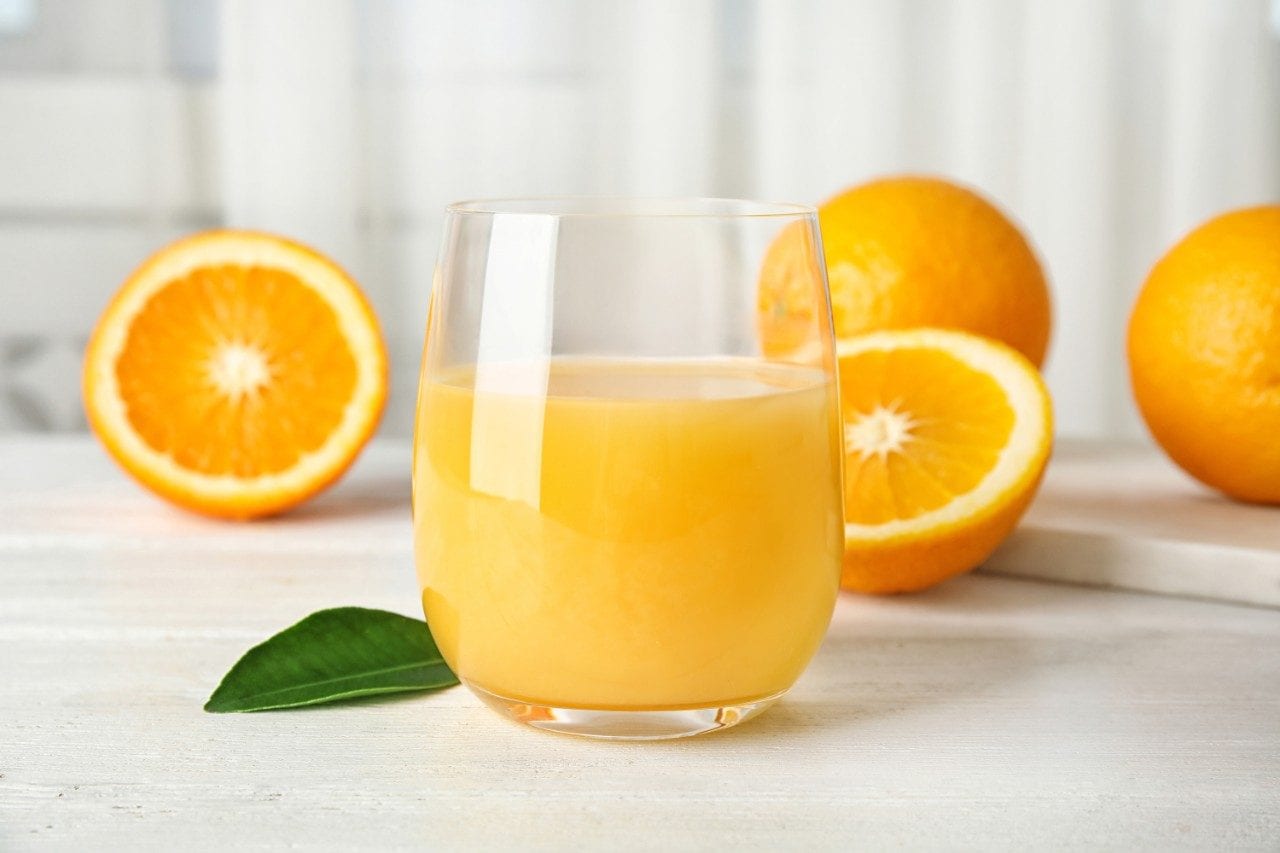
This is an Application Brief and does not contain a detailed Experimental section.
This application brief demonstrates the capability of Waters Atlantis Premier BEH C18 AX Column and the ACQUITY QDa Mass Detector for the analysis of organic acids in juices.
Waters Atlantis Premier BEH C18 AX Column and ACQUITY QDa Mass Detector provide fast analysis of organic acids
Organic acids (OA) are an important group of compounds that are often tested for the quality and authenticity of beverages, including fruit juice, wine, and beer, and for patient health as diagnostic biomarkers. The analysis of OA is mainly carried out by LC with anion-exchange, reversed-phase C18, or mixed-mode columns. The anion-exchange chromatography of OA has an excellent separation but run time is often long (about 40 min). The C18 column has limited retention for OA, and the separation efficiency is low. The mixed-mode LC column has a better retention and good separation efficiency for OA, and the run time is shorter than the anion-exchange columns. The nonselective detectors that are often used in the OA analysis, such as the UV/Vis detector for the mixed-mode and the reversed-phase columns, and the conductivity detector for anion-exchange columns, are prone to interference from sample matrix. A better solution is needed for the analysis of OA.
Waters Atlantis Premier BEH C18 AX Columns and Waters ACQUITY QDa Mass Detector offer an excellent solution for the OA routine analysis. The Atlantis Premier BEH C18 AX Column is a mixed-mode column that offers good retention of polar compounds like OA. ACQUITY QDa Mass Detector offers a highly selective detection of ions. Analytes with different nominal masses can be detected in different selected ion recording (SIR) channels with no interference from other compounds. This makes the integration and quantitation of analytes easy and reliable. Closely eluting OA, such as quinic acid and tartaric acid, are no longer required to be baseline separated for accurate and reliable quantitation. Figure 1 shows chromatograms of 11 SIR channels that detect 15 OAs. Some of the OAs are in the same SIR channels but are baseline separated in the chromatograms. Total run time is 7 min, which is about one sixth of a typical 40-min run time by an anion-exchange column. Figure 2 shows the 11 SIR chromatograms of a 100% orange juice. Due to the complexity of the sample, some minor peaks in Figure 2 have not been identified yet.


Waters Atlantis Premier BEH C18 AX Column and ACQUITY QDa Mass Detector provide a fast analysis of organic acids in juices. Atlantis Premier BEH C18 AX Column has good retention and separation efficiency for organic acids, and the ACQUITY QDa offers highly selective detection of similar and closely eluting organic acids. Due to less interference from other compounds in the SIR chromatogram, the peak integration and quantitation are more accurate than the non-selective detectors, such as UV/Vis detector or RI detector. This solution offers a fast analysis of organic acids in complex sample matrices.
720006744, January 2020
FAQs about Organic Acids
What is the purpose of using a mixed-mode LC column and mass detector for the separation of organic acids?
The mixed-mode LC column and mass detector combination allows for enhanced separation and detection of organic acids by utilizing both hydrophobic and ion-exchange interactions, resulting in improved peak resolution and sensitivity.
Can I use a different type of LC column for the separation of organic acids?
While it is possible to use other types of LC columns, a mixed-mode LC column is specifically designed to provide optimal separation of organic acids due to its unique combination of hydrophobic and ion-exchange properties. Therefore, it is recommended to use a mixed-mode LC column for the best results.
What are the advantages of using a mass detector for the analysis of organic acids?
A mass detector offers several advantages for the analysis of organic acids, including high sensitivity, selectivity, and the ability to provide structural information through mass spectra. It allows for accurate identification and quantification of organic acids in complex samples.
Can I use this method for the separation of other compounds apart from organic acids?
While this method is specifically optimized for the separation of organic acids, it may also be applicable for the separation of other compounds with similar physicochemical properties. However, it is recommended to consult the method development guidelines or contact technical support for specific compound compatibility.
What are the recommended operating conditions for the separation of organic acids using a mixed-mode LC column and mass detector?
The recommended operating conditions may vary depending on the specific LC column and mass detector being used. It is advisable to refer to the method provided in the application note or consult the instrument manufacturer's guidelines for the optimal operating conditions, including mobile phase composition, flow rate, column temperature, and mass detector settings.